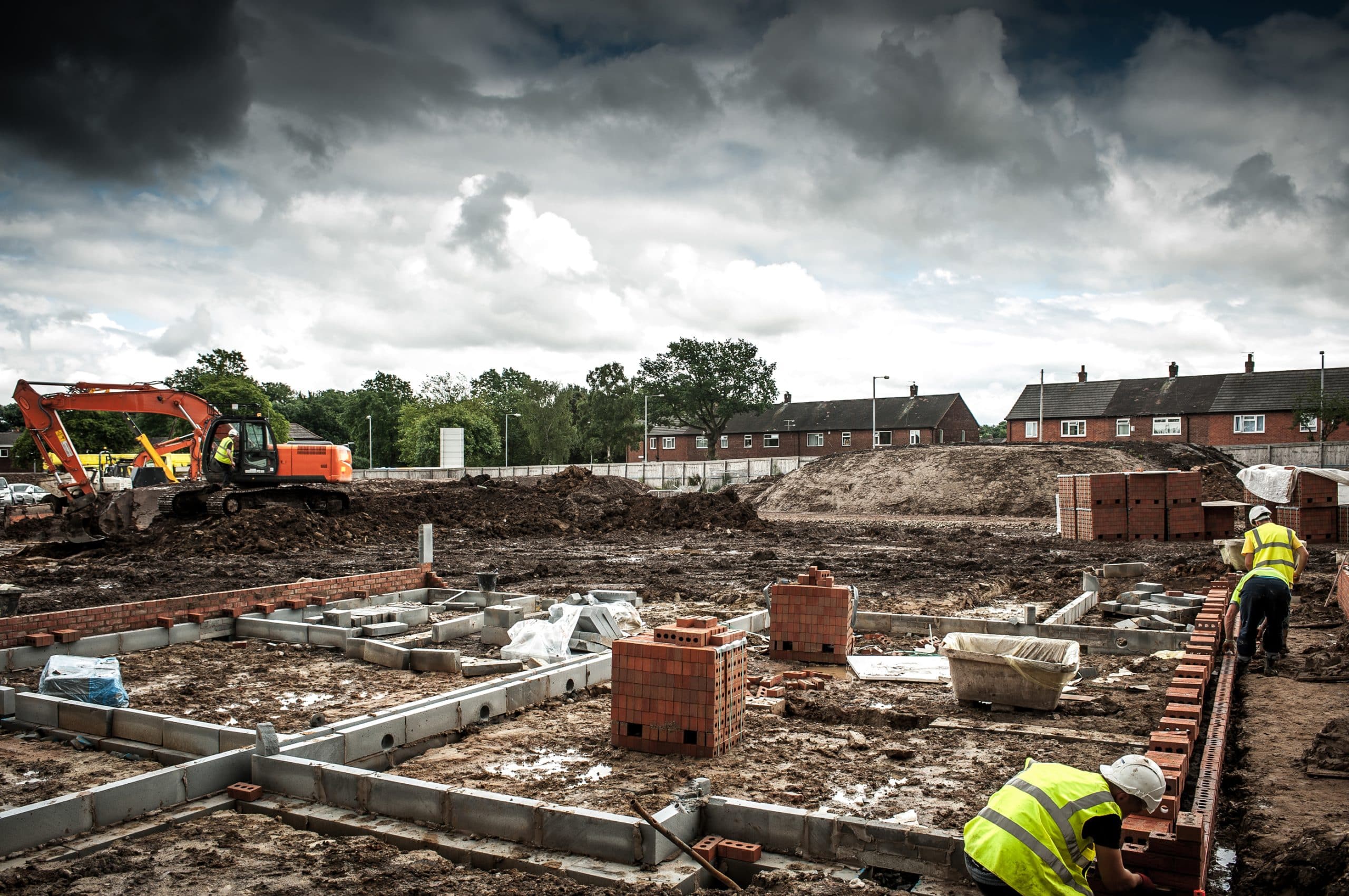How to Construct a Mini Green Roof for an Urban Shed?

Creating a mini green roof for your urban shed can help enhance its aesthetics, improve drainage, and provide a thriving space for plants. This guide will break down the steps towards achieving this unique garden feature. We will delve into the process of constructing your green roof, discussing the importance of layers, membranes, and drainage, as well as the choice between extensive and intensive planting. Let’s get started.
1. Understanding Green Roofs
Before you rush out to gather your materials, it’s essential to understand what a green roof is and how it functions. The concept might seem straightforward – it’s a roof covered in plants, right? But there’s much more to it than that.
A découvrir également : What Are the Best Ergonomic Features for a Senior’s Home Workstation?
A green roof, or more accurately a living roof, is a layered system that replaces conventional roofing materials with a growing medium and vegetation. The layers usually consist of a waterproofing membrane, a root barrier, a drainage layer, filter cloth, a lightweight growing medium, and plants.
Green roofs can be extensive, meaning they are low maintenance, shallow, lightweight, and typically planted with sedum or grasses. Or they can be intensive, meaning they require more care, have deeper soil, are heavier, and can sustain a wider variety of plants, including shrubs and trees. For an urban shed, an extensive green roof would be more feasible due to the shed’s structure’s weight-bearing capacity.
Sujet a lire : What’s the Most Effective Way to Childproof a Home Library?
2. Planning Your Green Roof
Designing your green roof involves a bit more than just deciding what plants you want to see when you look up. You will need to consider the weight-bearing capacity of your shed’s roof, the slope, the local climate, and the type of vegetation you wish to grow.
The first step in planning your green roof is to check your shed’s structural integrity. You will need to ensure it can support the extra weight of the roof, especially when wet. If you are unsure, consult a professional.
Next, consider the slope of your roof. Flat roofs are easier to work with, but a slight slope can help with water drainage. However, if the slope is too steep, you may need to install barriers to prevent the soil from sliding off.
Then, consider the local climate and the amount of sunlight your roof will get. This will help determine what type of plants will thrive on your roof. For most urban sheds, sedums, a type of succulent, are a popular choice because they are drought-tolerant and need little maintenance.
3. Building Your Green Roof
We’ve arrived at the nuts and bolts of constructing your green roof. You’re going to need a waterproof membrane, a root barrier, drainage trays, a filter layer, a growing medium (soil), and your chosen plants.
Start by applying the waterproof membrane to the roof of your shed. This will prevent water from seeping into the structure. It should be durable enough to resist punctures from roots and other debris.
Next, install a root barrier. This layer is crucial to protect the membrane from being punctured by plant roots.
The third layer is for drainage. Drainage trays or a layer of lightweight aggregate, like perlite, will ensure that excess water drains away and doesn’t drown your plants or add too much weight to the structure.
Then, add a filter layer. This can be a landscape fabric that prevents the soil from washing into the drainage layer.
The fifth layer is the growing medium. For an extensive green roof, the soil should be lightweight, typically a mix of organic matter and inorganic materials like perlite or vermiculite. The depth will depend on the type of plants you are using.
Finally, plant your chosen vegetation. If you’re using sedum, you can usually buy them in pre-planted mats or carpet, which makes the planting process easier.
4. Maintaining Your Green Roof
Once you’ve constructed your green roof, don’t think your job is done. While an extensive green roof doesn’t require as much maintenance as an intensive one, it still needs some care.
You will need to water your plants initially until they are established. After that, the rain should provide most of the water they need, but during dry periods, you might need to provide additional watering.
Regularly check the drainage system to make sure it’s not clogged, as this could lead to waterlogging and damage to your shed.
While green roofs are designed to be self-sustaining, they may occasionally need some extra attention. You should weed your roof once or twice a year to prevent invasive species from taking over.
5. The Benefits of a Green Roof
While the process of constructing a green roof for your shed might seem daunting, the benefits are worth the effort. Green roofs provide a habitat for wildlife, reduce rainwater runoff, improve insulation, and can prolong the life of your roof by protecting it from the elements.
Moreover, they can also be a beautiful addition to your urban garden, providing a splash of green in the concrete jungle. Feeling inspired yet? Roll up your sleeves and get started on your mini green roof project today.
6. Selecting the Right Plants for Your Green Roof
Choosing the right vegetation for your green roof is pivotal. The plants you select must be able to survive harsh conditions such as intense sunlight, high winds, and limited nutrients from the lightweight growing medium. The right plants can also maximize the benefits green roofs provide like improving biodiversity and enhancing the aesthetic value of your shed.
As mentioned, sedums are a popular choice for extensive green roofs due to their low maintenance characteristics and ability to withstand drought. These succulents come in a variety of sizes and colors, and they require minimal care, making them ideal for urban shed roofs.
Other suitable plants for green roofs include native wildflowers and grasses. These are advantageous since they are well-adapted to local climate conditions. Local species also support local wildlife, including beneficial insects and birds.
Remember, different plants have different requirements. Some may need more sunlight than others, while some may need a deeper growing substrate. So, consider the specific needs of your chosen plants when designing your green roof system.
7. Overcoming Challenges in Constructing a Green Roof
While the benefits of a green roof are numerous, there can be challenges. Understanding these potential issues can help you better plan your project.
Firstly, the initial setup costs can be higher than traditional roofs due to the need for specialized materials like the waterproof and root barrier, the drainage membrane, and the growing medium. However, these costs can be offset by the long-term benefits such as reduced energy costs and extended roof lifespan.
A significant challenge can also come from maintaining the correct amount of moisture. While the roof will need to be watered initially and during dry spells, ensuring the shed’s roof drainage system is working correctly will prevent waterlogging and damage to the structure.
Lastly, the additional weight of a living roof could be a challenge. Ensuring the shed can bear the weight is critical, particularly when the growing medium is wet. Furthermore, the weight will increase if you decide to go for an intensive green roof with deeper soil and larger plants.
Conclusion
Constructing a mini green roof for your urban shed can be a rewarding project. Not only does it add a unique aesthetic element, but it also brings environmental benefits. From enhancing biodiversity to improving insulation and extending roof lifespan, the advantages are well worth the effort.
Remember to consider factors like the weight-bearing capacity of your shed and the choice of plants that can thrive in your local climate. Also, regular maintenance is crucial to ensure the longevity of your green roof. Even with challenges, with the right planning and care, your green roof can be a thriving, sustainable addition to your urban landscape.
So why wait? It’s time to roll up your sleeves, gather the necessary materials, and begin the rewarding journey of creating your urban shed’s green roof!
